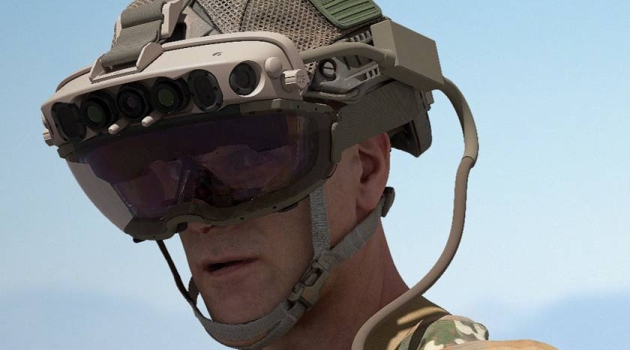The US military has pushed for the practical introduction of Microsoft’s augmented reality headset next year. The reason is certainly insufficient test results.
Microsoft’s military project is a bit greasy. At the time of a nearly $22 billion 10-year contract signed this spring, it appears that the HoloLens headphones, which have successfully passed initial tests, will begin supplying US ground forces at lightning speed this year.
By comparison, Thursday’s announcement by the US military that the system that will ship soldiers’ capabilities with a virtual reality toolbox will undergo new tests and not be deployed until sometime in the second half of 2022 suggests some shift. The connection practically does not say anything about the background of the decision, but some of the sentences in the text are quite telling.
The postponement “will allow the Army to continue developing the IVAS technology platform”, ensuring the superiority of soldiers in various battlefield conditions. By the way, IVAS stands for the term Integrated Visual Enhancement System, which in practice in this case means the use of a Microsoft headset for military purposes. The statement also says that the Army conducted a training in September of this year focused on electronic warfare and electronic defense, which they will want to repeat several times in the next year.
Based on the above, it appears that based on recent tests, the system has not yet produced results that employees will be satisfied with. Regardless, of course, both sides are currently trying to radiate the utmost optimism. For example, the army leadership did not forget to mention that it fully supports joint work with Microsoft, the fruits of which will enable future soldiers to work in the field with significantly more and more accurate information.
Hard work
Back in 2018, Microsoft won its first military acquisition with a VR/AR headset. At the time, the IVAS project received a $480 million request for a HoloLens-based system designed to provide soldiers with better, faster information and improve communication between various forces and command. The volume of work, which can be considered appetizing, is well illustrated by the fact that it alone has doubled the current sales volume of the Microsoft product.
The pilot developed the final form of special augmented reality helmets, with which soldiers could view, among other things, a map of their surroundings, the location of their comrades and potential enemy combat positions. It seems that the prototypes delivered under the IVAS system are achieving the level expected by the military leadership as well, so in parallel with the already mentioned spring deal, the army has moved into production.
In comparison, the current announcement has caused some setbacks, which is why the pedestrian installation can only begin in September 2022 at the earliest. The system will be able to show appropriate results in the tests that will be performed until then.












































